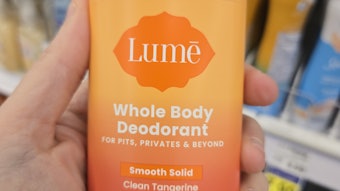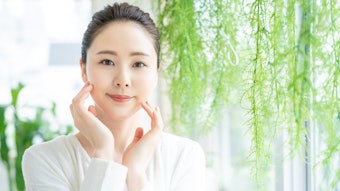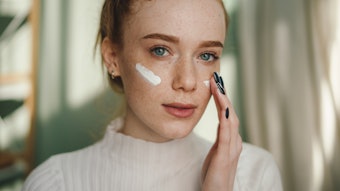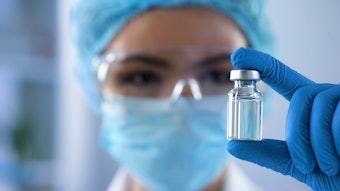Iranian consumers are expected to be one of the new forces driving growth in the anti-aging sector, according to a new report authored by global skin care analyst Nica Lewis and released during last week’s in-cosmetics Korea event.
Highlighting new figures from Euromonitor International, the report shows that retail sales of anti-agers in Iran are expected to rise almost a third, to $29.8 million, by 2020. Strong growth is also expected in the Indian and Indonesian markets, where the compound annual growth rate for 2014 to 2015 was 17.8 percent and 15 percent, respectively.
Products with anti-aging benefits will be hugely influential across all beauty categories. Focusing on the skincare segment, which leads the industry in volume and trends, the report identified four areas that will be key to achieving the reported growth:
Sirtuins, epigenetics and stress
Scientists are currently analyzing the role of sirtuins in epigenetics, the field that studies external or environmental changes to genes. Research already shows how sirtuins act on aging and inflammation. Lewis believes that further genetic mapping of the functional relationships between and among sirtuins will influence future cosmetic science developments.
Pollution protection
Air pollution has hit critical levels in Beijing, Delhi and Karachi, among other major cities, and kills more than 3 million people a year. Besides contributing to premature deaths, particulate matter, traffic fumes and smog are also considered skin aggressors and can cause wrinkles. This has driven beauty brands to strengthen the protection function of many skincare products and is leading to the creation of exciting new formulations.
Peptides
Since Botox hit the aesthetic market in the 1990s, there has been a quest to replicate its wrinkle-smoothing effects in a non-invasive skincare product. The advent of topical botulinum toxin is nigh, although there will be a need to comply with local regulations on both application and availability. Robust growth is expected for peptides because of their dependable performance and efficacy.
Plant power
Whether from land or sea, plant-based anti-aging actives have long served as an effective bridge for consumers and brands seeking a more natural look and/or formulations. Increasing consumer demand for products that are sustainably sourced will put added pressure on brands to develop innovative products that meet their requirements.
According to Lewis, growth in anti-aging skincare will also be shaped by broader trends in regulation, sustainability and technology.
“Regulation will continue to dictate the pace of innovation in anti-aging skincare,” Lewis said. “Pending legislative changes for functional ingredients and testing will impact formulations in all beauty categories.
“Brands will also be challenged on their manufacturing processes and use of resources like water and forest products,” she added. “More beauty companies and suppliers are integrating social and environmental sustainability into their strategy and operations. The new UN Sustainable Development Goals on water, consumption, oceans and forests will give the industry further impetus to responsibly manage resources.”
More information is available at http://www.in-cosmeticsasia.com/antiageing.










